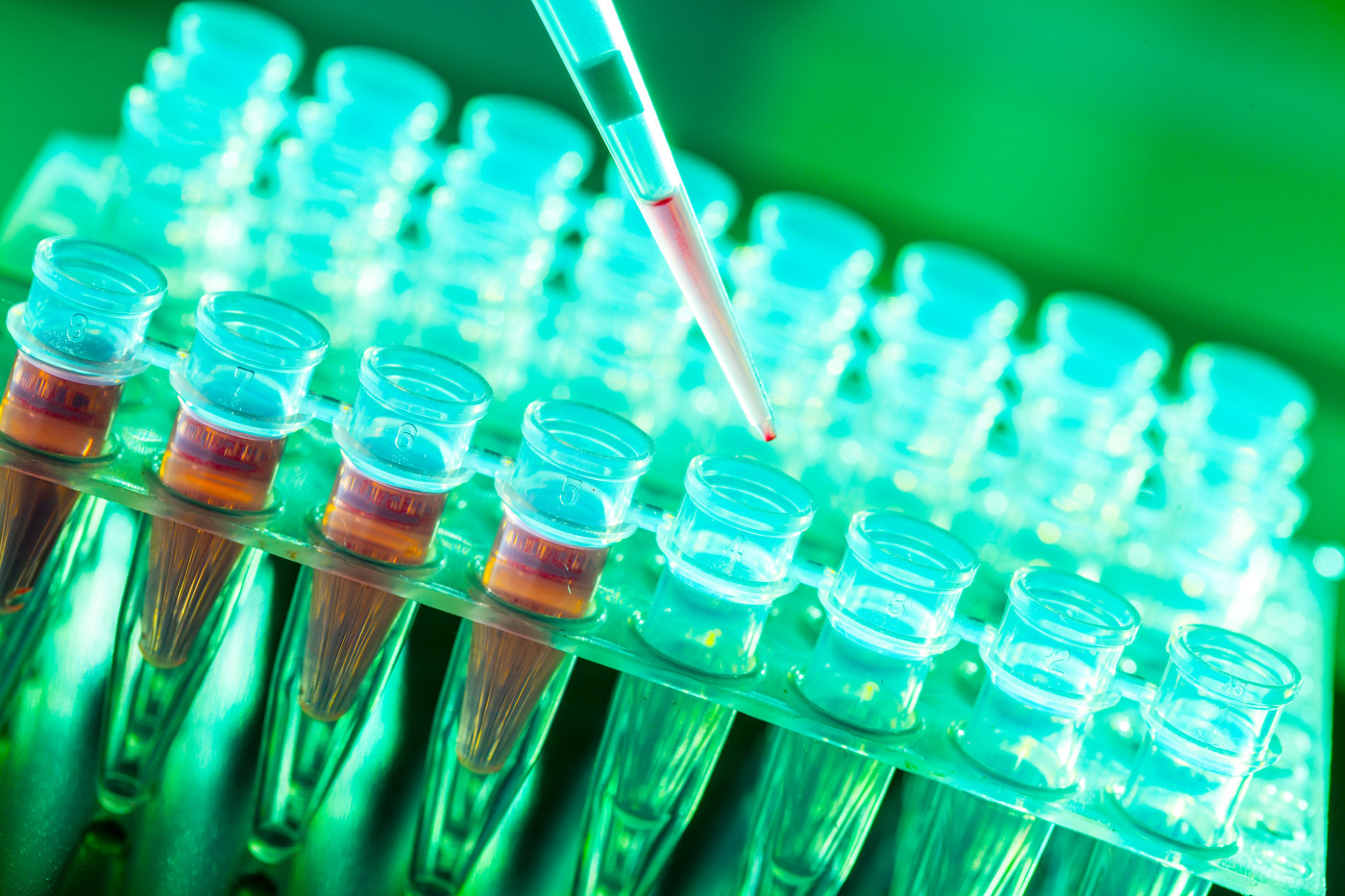Chitotriosidase Enzyme May Be Indicator of Sarcoidosis Activity, Severity
Written by |

An enzyme called chitotriosidase appears to be a reliable biomarker of sarcoidosis, a study suggests.
The activity of this enzyme is correlated with sarcoidosis disease activity, severity, dissemination throughout the body, and may reflect the number of active granulomas within a given patient.
The study, “Chitotriosidase: a biomarker of activity and severity in patients with sarcoidosis,” was published in the journal Respiratory Research.
Chitotriosidase has the ability to defend the body against bacterial pathogens that contain the molecule chitin, but it is also involved in numerous other immune system functions. The enzyme is found in high levels in the serum and lungs of patients with sarcoidosis, and some studies have suggested it can predict the course of the disease, a patient’s responsiveness to steroid treatment, and the likelihood of relapse.
Just how useful chitotriosidase is as a biomarker for sarcoidosis, however, has not been fully understood. Questions remain regarding its utility in identifying different types of sarcoidosis, tracking the disease through various organs, and on how reliable it is with patients on steroid therapy.
To address these questions, researchers in Siena, Italy, assessed chitotriosidase activity in blood samples from records of 694 sarcoidosis patients (mean age of 55.8 years), and 101 healthy people used as controls (mean age of 52.2 years).
In addition to blood samples, patients with high-resolution chest X-ray images were classified according to the presence and extent of any abnormalities.
Patients were further classified into either steroid-free or steroid groups, according to their corresponding treatment. Patients using other medicines, in addition to steroids, for sarcoidosis were included in the steroid group.
Results showed that sarcoidosis patients had significantly higher chitotriosidase activity than did healthy controls. Importantly, the enzyme’s levels correlated with the concentration of angiotensin-converting enzyme, a marker of sarcoidosis.
Among steroid-free patients, chitotriosidase activity also significantly correlated with physical symptoms of difficulty breathing (exertional dyspnea) and coughing.
As a measure of disease severity, chitotriosidase activity was in line with chest X-ray findings, the involvement of multiple organs, and treatment modification such as changing steroid doses. In particular, severe X-ray findings, such as lung fibrosis with fibrous densities (reticular abnormalities) and irreversible dilation of the bronchi (traction bronchiectasis) was associated with significantly higher chitotriosidase activity.
Chitotriosidase activity also rose with increasing involvement of organs beyond the lungs. Patients with abdominal involvement, in particular, and those with three or more affected organs apart from the lungs, showed higher chitotriosidase levels.
Follow-up clinical assessments and chitotriosidase assays were available for 416 patients. In cases where there were five or more years of follow-up data available, the researchers noticed that chitotriosidase activity rose with a patient’s increasing need for treatment and with the risk of relapse.
Based on their findings, the researchers proposed two cutoff values for pathological chitotriosidase activity. They suggested that a value of 48.8 nanomoles per hour per milliliter (nmol/hr/mL) can accurately distinguish sarcoidosis patients from otherwise healthy people, and that an activity higher than 126 nmol/hr/mL indicates persistent disease cases that require increased care.
Although more studies are needed, the results suggested that “chitotriosidase is a reliable biomarker of sarcoidosis,” and that its levels correlate “with disease activity, severity and multiorgan dissemination,” the researchers wrote.
They thus suggested that chitotriosidase laboratory determination “should be part of the regular follow-up of sarcoidosis patients in the daily clinical practice.”





